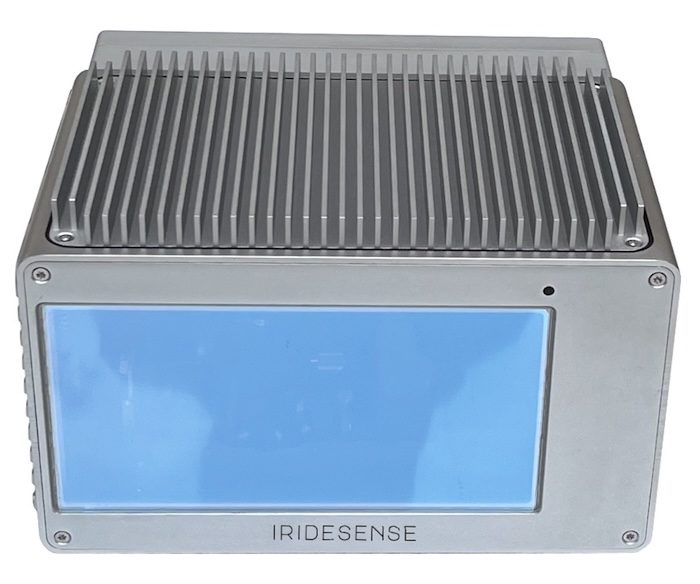No-Till Farmer
Get full access NOW to the most comprehensive, powerful and easy-to-use online resource for no-tillage practices. Just one good idea will pay for your subscription hundreds of times over.

This new portable sensor from IRIDESENSE is capable of remotely tracking plant health and soil moisture levels, allowing farmers to optimize irrigation and ensure optimal plant growth. Photo by: Iridesense
Over the past 40 years, agricultural scanning technology has developed rapidly from sprayers able to recognize brown bare soil from very green growing plant material to machines capable of guiding moving sprayers to target individual plants and visually sampling a load of grain for moisture content
The latter examples are based on technology developed by the defense industry using shortwave infrared (SWIR) frequencies for intelligence, surveillance and reconnaissance. These technologies are increasingly finding their way onto the farm to detect water stress, plant disease, and other conditions affecting food and fiber production.
Mike Grodski, product manager for Canadian firm Teledyne DALSA, says imaging technology is beginning to yield real benefits in agriculture, including increased crop production, lower-cost produce and reduced food waste.
According to Grodski, the SWIR band is high above the frequency of visible light and includes frequencies from 1 to 3 nanometers. Compared with imaging sensors operating at longer wavelengths, Grodski says SWIR sensors deliver images with higher resolution and stronger contrast.
“SWIR imaging can also highlight features and defects that visual imaging cannot,” Grodski says. “For example, using SWIR scans, water vapor and other materials become either more or less reflective or transmissive than how they would appear under visible wavelengths. This allows colors that appear almost identical in visible light to be clearly differentiated in the SWIR image.”
Grodski says water’s strong absorption at SWIR wavelengths make objects with a high moisture content appear nearly black in images captured using SWIR cameras. As a…